‘How to make dubstep basses like Opus’ is a 3-part insight into the low-end production techniques of Dubstep bass used in 3 of his tracks, all in different styles.
Opus has been around for a while in the Dubstep scene, releasing on labels such as White Peach Records, Crucial Recordings, Chestplate and more. His style ranges from classic to modern and crosses over regularly into trap and hip hop.
A classic ‘wobble’ is the basis modern Dubstep bass sound design, from ‘dungeon’ to ‘tearout’ and everything in between, before and after. There isn’t a rulebook to follow to create these sounds and the key to developing your own signature adaption is to forge your own path, with a synthesiser you feel comfortable with.
In part 1, Opus takes us through his take on the wobble in the industry-standard wavetable synthesiser Serum, explaining how he has adapted it to feel at home in a modern-sounding heavy hitting dubstep track with tuned percussion and heavy processing.
Part 2 is an insight into a more trap influenced, 808 sounding bass. Opus introduces us to his go-to plugin for all kinds of sound design – Izotope’s Iris 2. He takes us through how he sequences basslines with varying degrees of frequency isolation to create a moving, flowing riff that contains techniques such as ‘contrary motion’.
Part 3 takes us into a different world, with Opus showing us the true potential of processing basses in Iris 2. Here, he splits his Dubstep bass sounds/textures into 5 layers and creates dense, moving lines that fill out the low end frequencies. In order to demonstrate Iris’s versatility, Opus moves away from dubstep in this section and takes us through a slower, more ambient sounding track, whilst using the same approach as when making heavy-hitting dubstep sounds.
If you would to watch more music production tutorials please head over to the Education & Bass Youtube channel now.
Course Features
- Lectures 3
- Quiz 0
- Duration Lifetime access
- Skill level All levels
- Students 29
- Assessments Yes
Curriculum
- 1 Section
- 3 Lessons
- Lifetime
Leave A Reply
You must be logged in to post a comment.

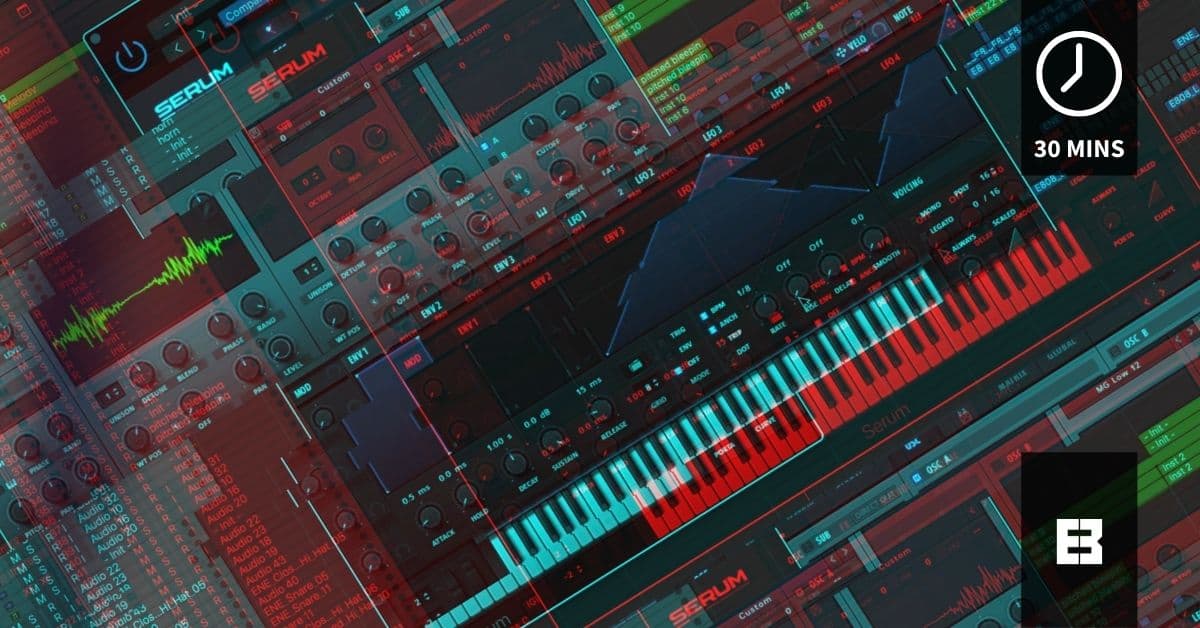
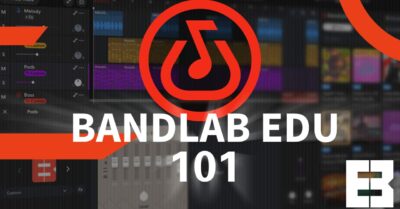
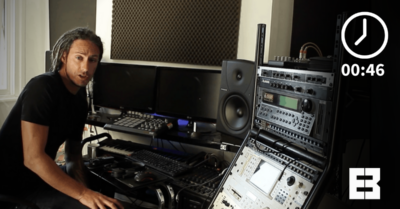
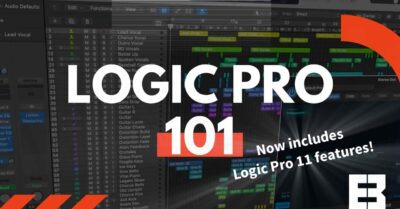
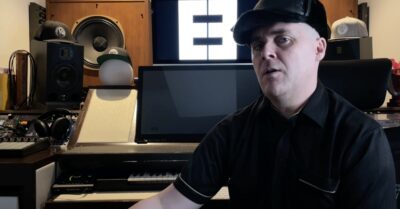
![Beginner production WEB Beginners Music Production Course [FREE Software Bandlab]](https://www.educationandbass.online/wp-content/uploads/2020/04/Beginner-production-WEB-400x209.jpeg)
1 Comment
Okay these are dope and delightfully to the point. Definitely will be adopting Iris as a more common go to. Maybe an Opus Iris 2 tutorial in the future..?